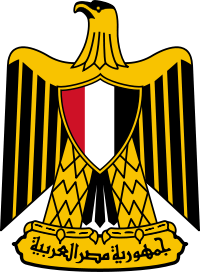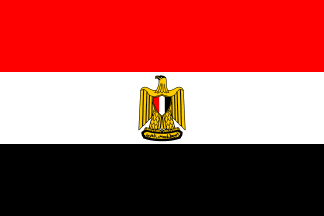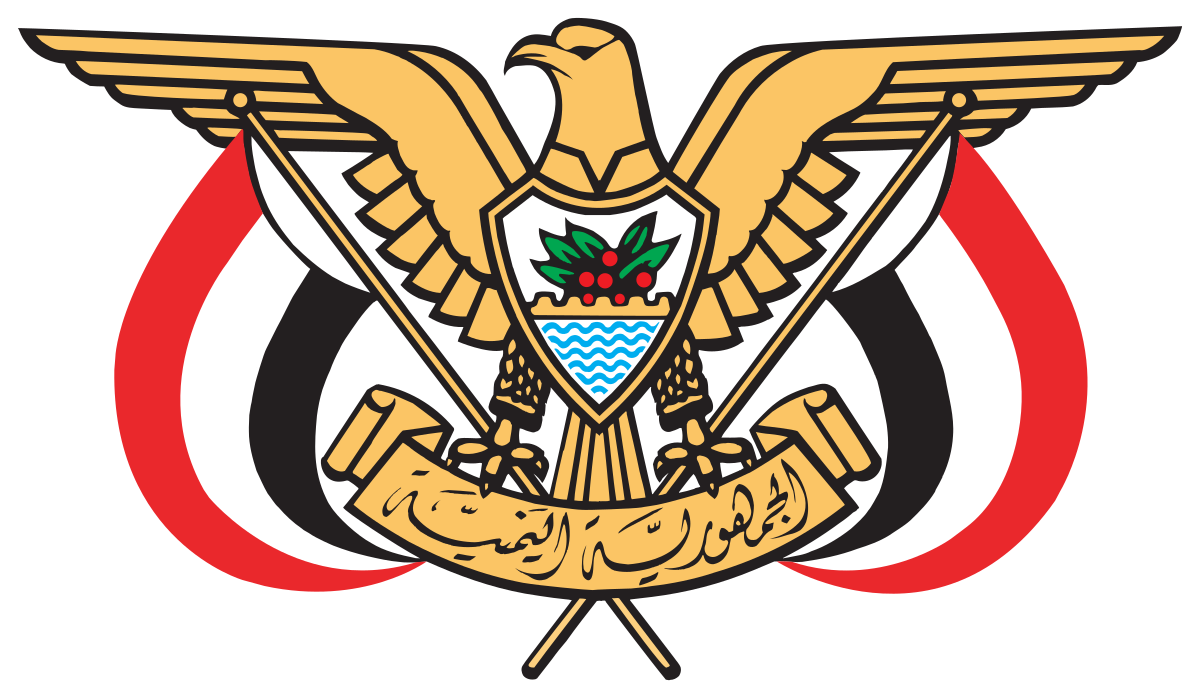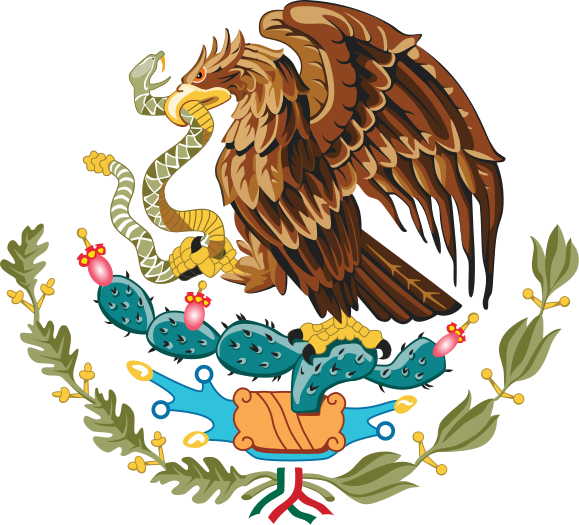The-Hack
FULL MEMBER

- Joined
- Feb 1, 2018
- Messages
- 438
- Reaction score
- 0
- Country
- Location
Allama Mohammad Iqbal (Poet of the East) ignites me to write. He is among many whom inspire me. For me, he was a poet, philosopher, a revolutionary and a devout Muslim with Sufistic bent of mind. He stirred up a revolution in the apathetic masses through his powerful poetry. The most significant and dynamic symbol in his poetry is that of the Eagle (Shaheen in Urdu.) To understand the Eagle motif in his poetry thus becomes essential to understand Iqbal’s message. Several times in his poetry, Iqbal refers to Muslim youth as Shaheen. Youth are the greatest wealth and strength of any nation that have immensely contributed to nation building. There are several examples in past history. The fresh minds have charisma to bring change. That is why Iqbal motivated the youth of sub-Continent to bring revolution. Why did Iqbal choose the eagle to motivate our youth? Why not use a symbol of lion or tiger, or some other fast and furious animal? What distinguishes the eagle from the other is its sharp vision, courage, daring attitude, love of freedom and action, struggle, devotion, dedication, self-reliance and its ability to soar up into the air and rule the sky.

Last night I was watching a documentary on National Geographic about the life of eagles. What I learned regarded an eagles’ ability to “Transform” or “Change” after certain periods of time and need. An eagle can live more than 60 years but during its life period it has to face tough challenges. During its 40’s, its long talon can no longer catch prey for survival and its sharp beak becomes bent. The eagle then has only one option to exist to adapt to change. In order to survive, the eagle has to go through the transformation process, which is very painful, such as: plucking its talon and waiting for the new to grow, and knocking its beak upon rocks. After this painful process, it can fly again and hunt with the same dynamics.
~Nahi Tera Nasheman Qasar-e-Sultani Kay Gumbad Par
Tu Shaheen Hai Basaira Kar Paharon ki Chaton Par~

After learning of this transformation process, I realized why Iqbal preferred the eagle over other animals. He wants Muslims to stop living a life of vulture (Karghis) and accept the challenges of life. According to Iqbal’s view, Muslim Umma needed a change, particularly Muslims of sub-Continent. He tells Muslim youth to go back to their roots and become eagles again. According to Iqbal, when a person forgets/neglects the tasks assigned to him/her, then God makes him/her forget himself as a result. We (youth) need to bring back our lost history. The real cancer is in our minds. The only way to progress is to bring change within ourselves, families and societies. It is time to take actions for our responsibilities. Allah has given us freedom of choice so take responsibility for the outcomes of your choice. The Holy Prophet Muhammad (PBUH) left us a responsibility to take heed to His message for continuous guidance . “ Every leaf of the tree becomes a page of the book , when once heart is opened and it has learnt to read.” Sa’adi~
~Parwaaz Hai Donon ki Usee Aik FaZaa Main
Kargas Kaa Jahaan Aur Hai, Shaheen Kaa Jahan Aur~

Let us not forget the message of Iqbal and focus on constructively using the power of the youth for the betterment of the nation. Youth are the powerhouse of infinite energy. Youth power is unbeatable and irrevocable. All we need to do is direct the energy of our youth in constructive channels that lead to development and progress. Let us frame such policies that aim at empowering our youth so that we are assured of a better future and brighter tomorrow. After 63 years of independence, our country still faces hard times such as: suffering from poor governance, providing safety for citizens, Sufi shrines and other prayer places, an increase in sectarian violence, ignorance, dim strategy, cruelty and personal lust of power. All of that causes me to speak for the “Change.” The patriots of Pakistan are now geared up against all the traitors, looters, betrayers, and criminals. The Eagles of Pakistan are yearning for change.
https://nooruddinjalal.wordpress.com/2010/10/20/iqbals-eagle-shaheen-yearns-for-chang/

Last night I was watching a documentary on National Geographic about the life of eagles. What I learned regarded an eagles’ ability to “Transform” or “Change” after certain periods of time and need. An eagle can live more than 60 years but during its life period it has to face tough challenges. During its 40’s, its long talon can no longer catch prey for survival and its sharp beak becomes bent. The eagle then has only one option to exist to adapt to change. In order to survive, the eagle has to go through the transformation process, which is very painful, such as: plucking its talon and waiting for the new to grow, and knocking its beak upon rocks. After this painful process, it can fly again and hunt with the same dynamics.
~Nahi Tera Nasheman Qasar-e-Sultani Kay Gumbad Par
Tu Shaheen Hai Basaira Kar Paharon ki Chaton Par~

After learning of this transformation process, I realized why Iqbal preferred the eagle over other animals. He wants Muslims to stop living a life of vulture (Karghis) and accept the challenges of life. According to Iqbal’s view, Muslim Umma needed a change, particularly Muslims of sub-Continent. He tells Muslim youth to go back to their roots and become eagles again. According to Iqbal, when a person forgets/neglects the tasks assigned to him/her, then God makes him/her forget himself as a result. We (youth) need to bring back our lost history. The real cancer is in our minds. The only way to progress is to bring change within ourselves, families and societies. It is time to take actions for our responsibilities. Allah has given us freedom of choice so take responsibility for the outcomes of your choice. The Holy Prophet Muhammad (PBUH) left us a responsibility to take heed to His message for continuous guidance . “ Every leaf of the tree becomes a page of the book , when once heart is opened and it has learnt to read.” Sa’adi~
~Parwaaz Hai Donon ki Usee Aik FaZaa Main
Kargas Kaa Jahaan Aur Hai, Shaheen Kaa Jahan Aur~

Let us not forget the message of Iqbal and focus on constructively using the power of the youth for the betterment of the nation. Youth are the powerhouse of infinite energy. Youth power is unbeatable and irrevocable. All we need to do is direct the energy of our youth in constructive channels that lead to development and progress. Let us frame such policies that aim at empowering our youth so that we are assured of a better future and brighter tomorrow. After 63 years of independence, our country still faces hard times such as: suffering from poor governance, providing safety for citizens, Sufi shrines and other prayer places, an increase in sectarian violence, ignorance, dim strategy, cruelty and personal lust of power. All of that causes me to speak for the “Change.” The patriots of Pakistan are now geared up against all the traitors, looters, betrayers, and criminals. The Eagles of Pakistan are yearning for change.
https://nooruddinjalal.wordpress.com/2010/10/20/iqbals-eagle-shaheen-yearns-for-chang/














